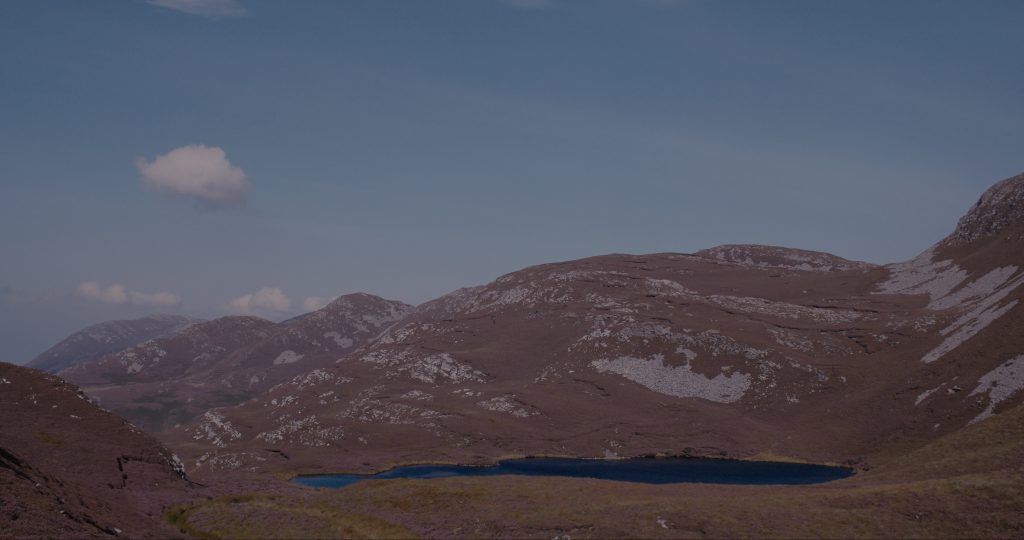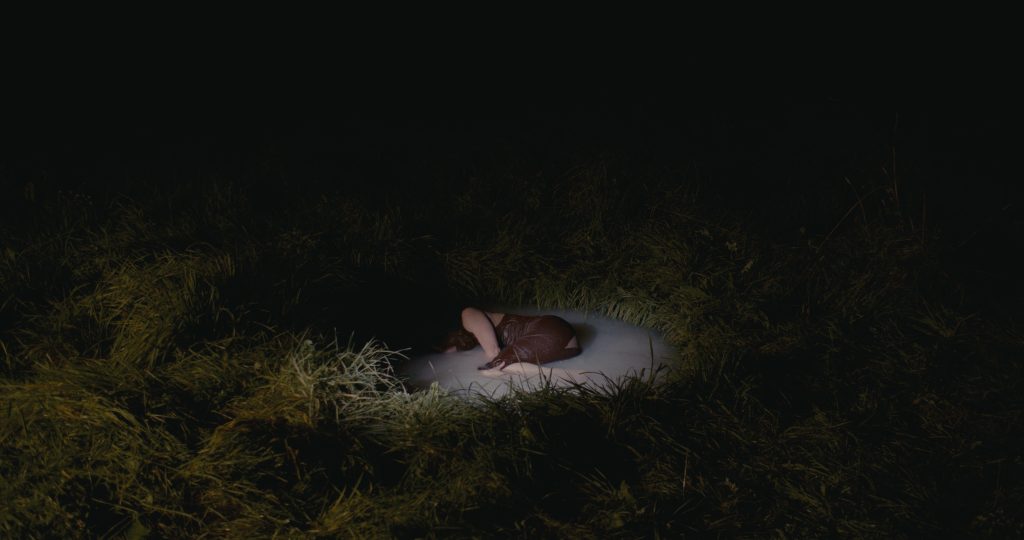
In All at Once Collapsing Together (17 minutes, 2024), images and text unfurl across the two-screen film, with fragmented depictions of the human figure trying to become part of the ecosystem again. Characters share sublime encounters with previously common birds like the corncrake and golden eagle, and speak as the voice of the earth itself to conjure a more-than-human perspective. The potential for the characters to become more-than-human themselves is explored further when the native carnivorous round-leaved sundew consumes one of the women into a bog. After she dissolves, she emerges as a new multiplicitous entity that spreads across the land.
The work asks us to consider how important natural sensory information is to our sense of self: what does it mean for a sound to go missing from our ecosystem? When we no longer hear our native birds, which parts of ourselves will be forgotten?







This project was funded and supported by the Arts Council of Ireland, Cavan Arts Office, Arts Council of Northern Ireland (through the National Lottery), and developed through research grants from Platform 31 and University of Atypical.
